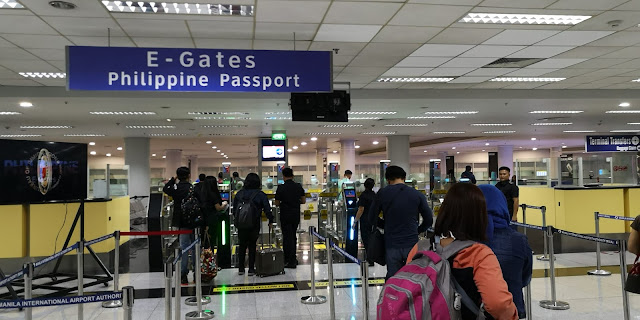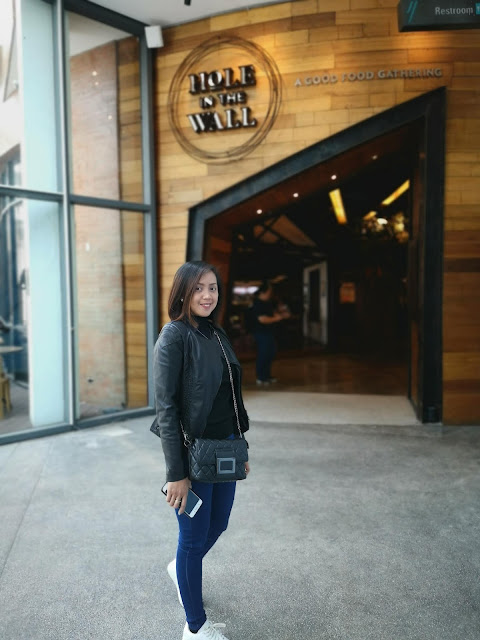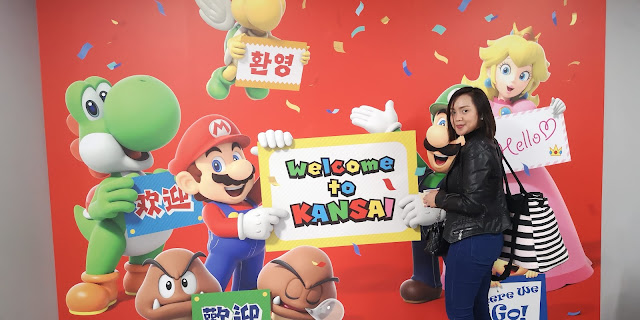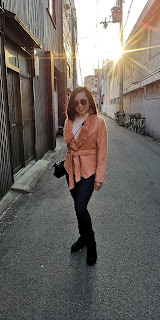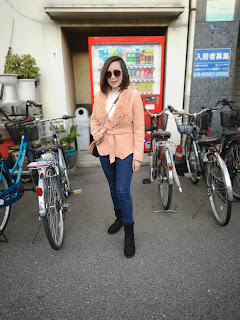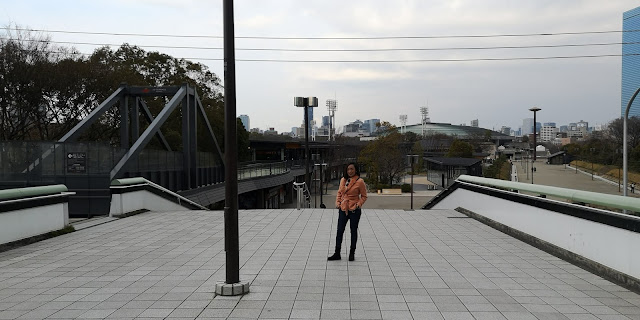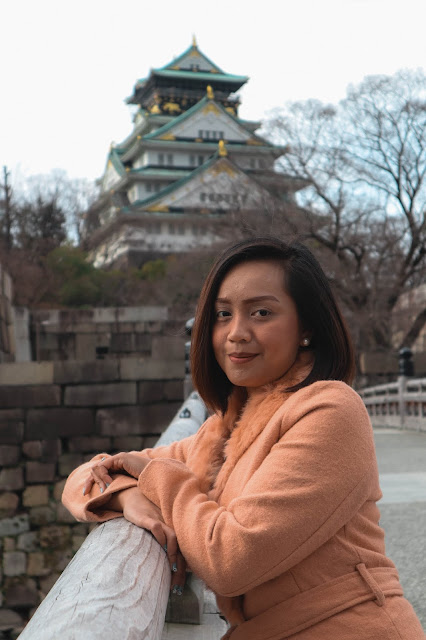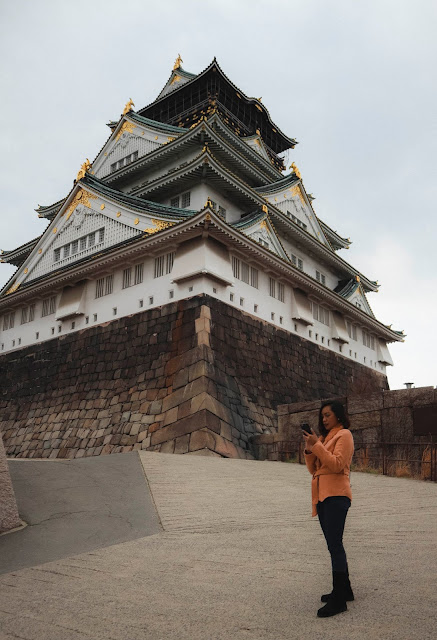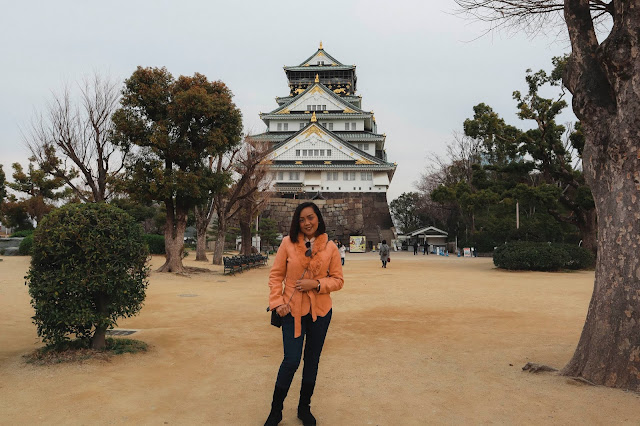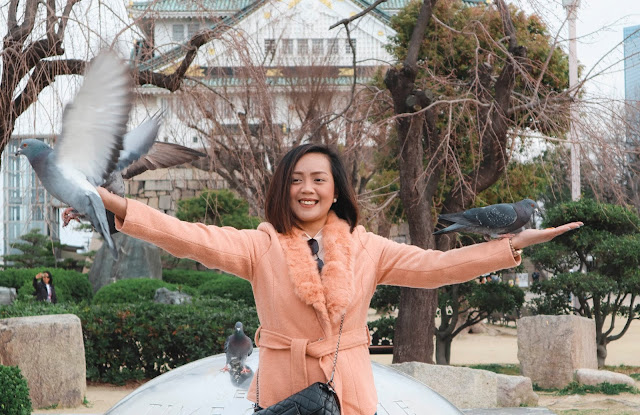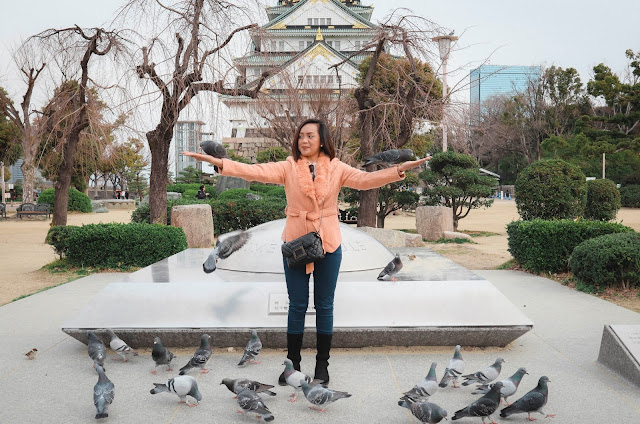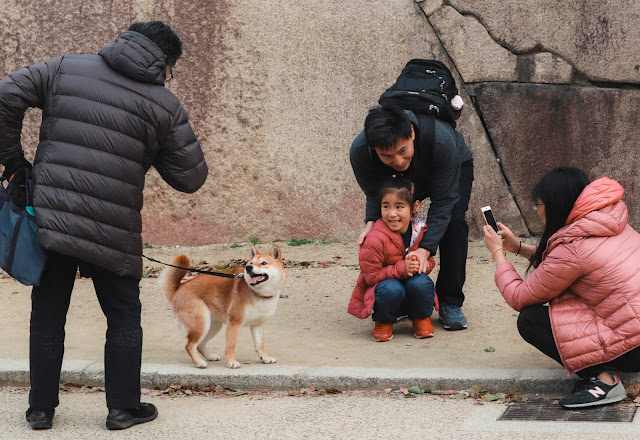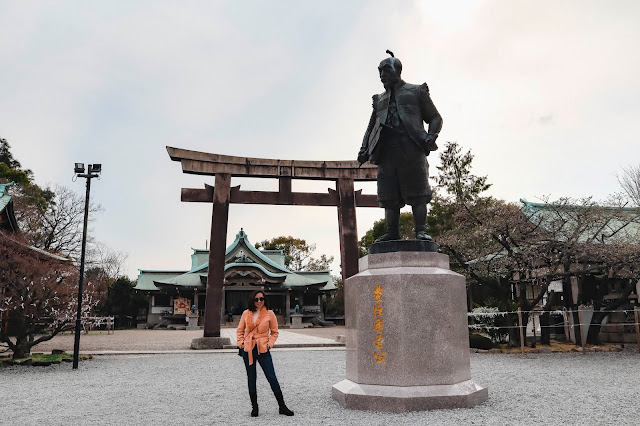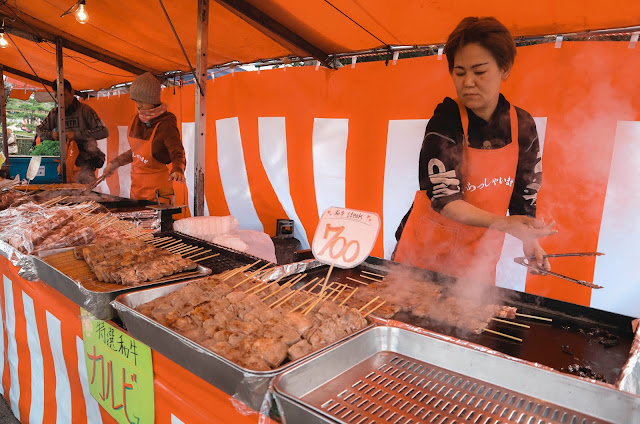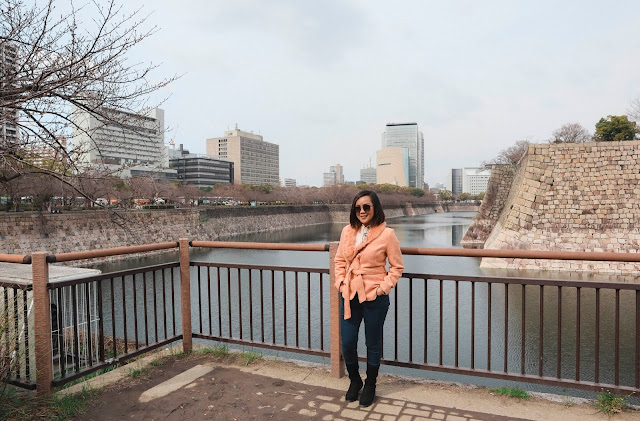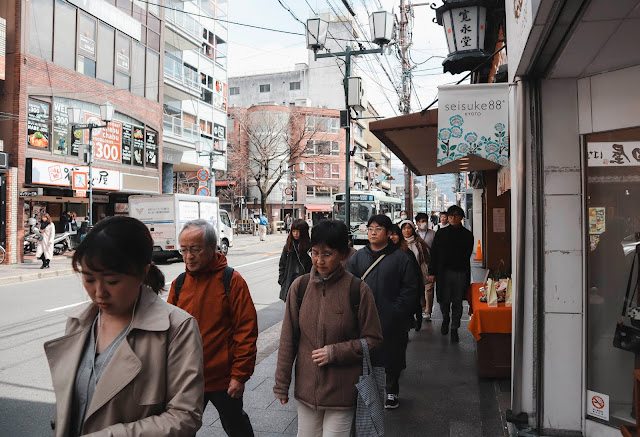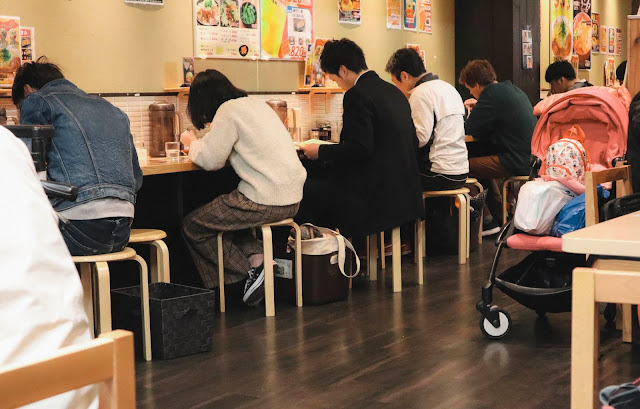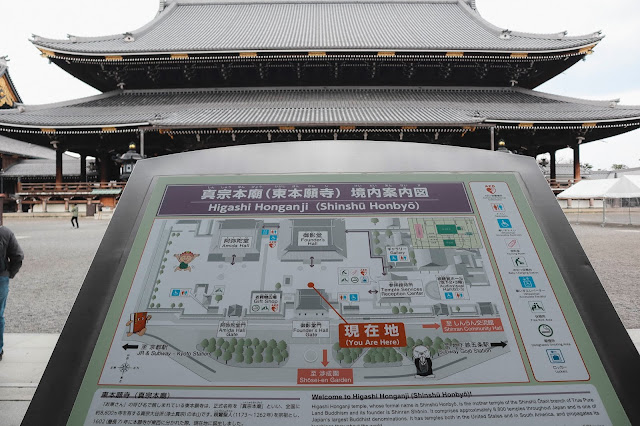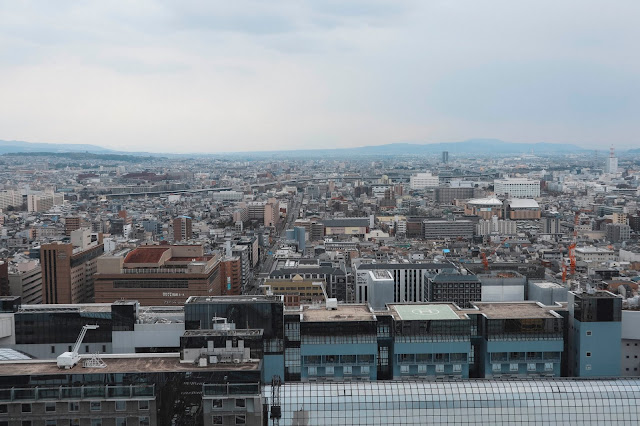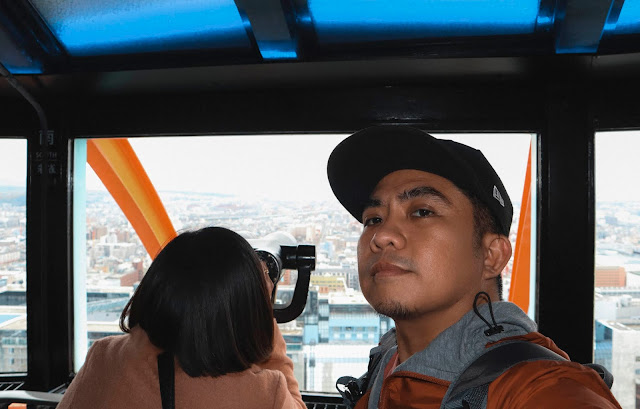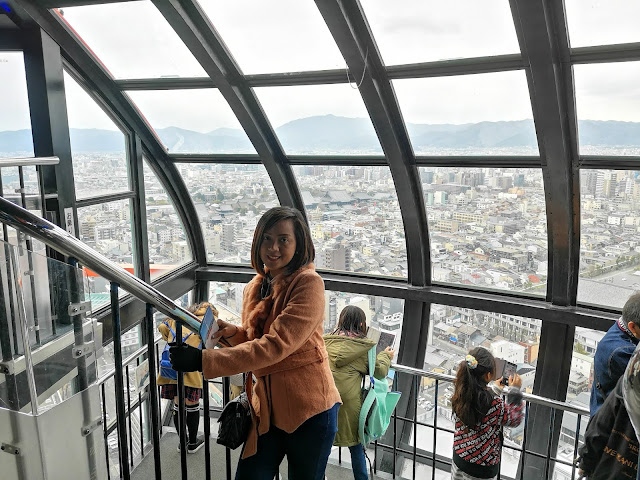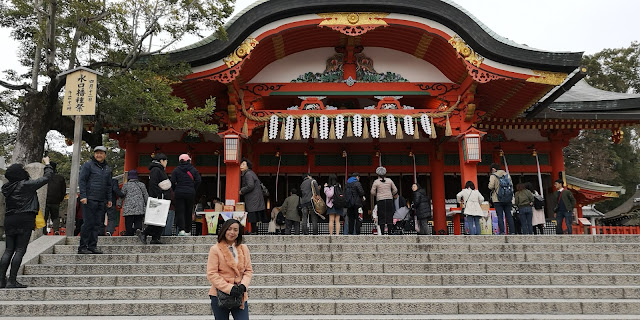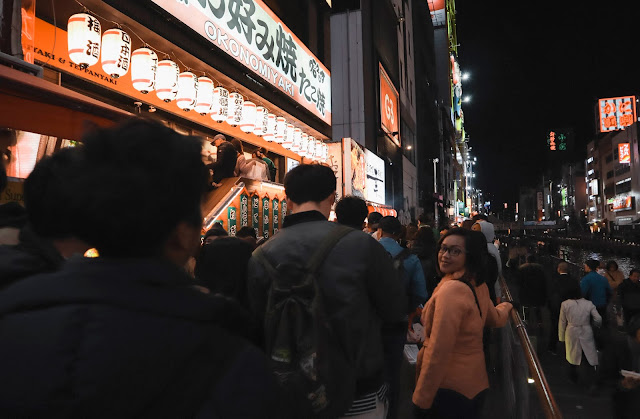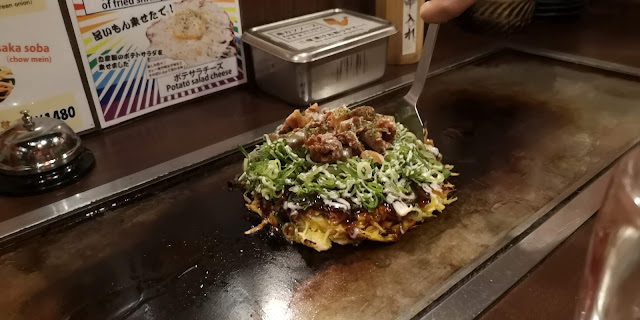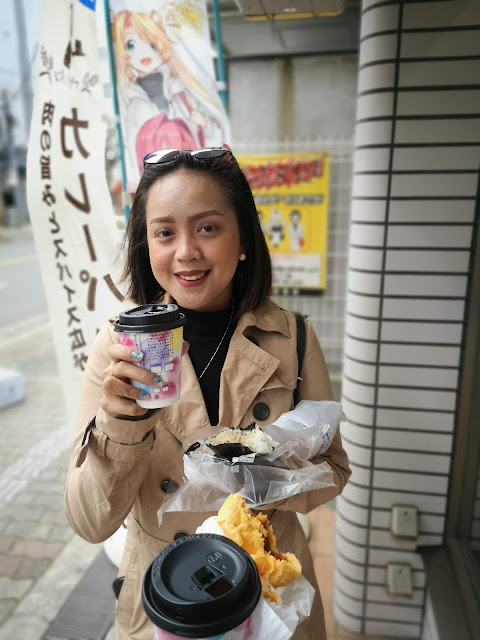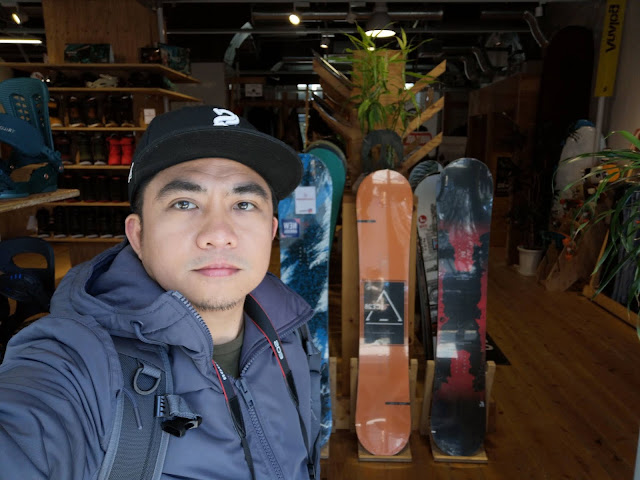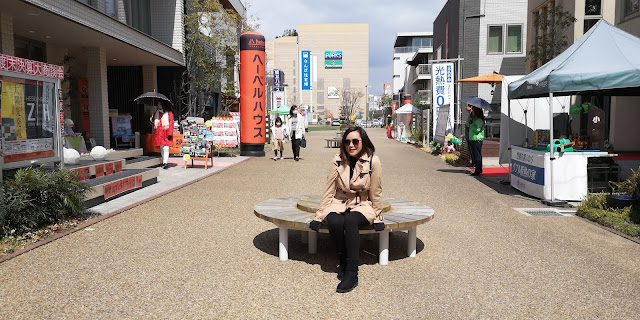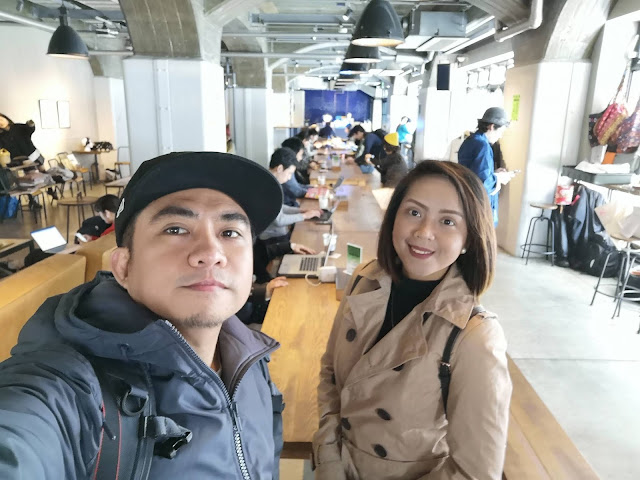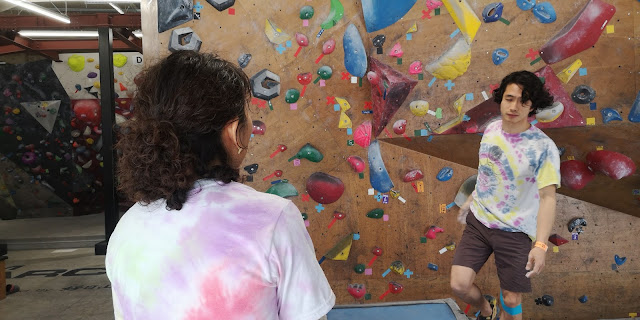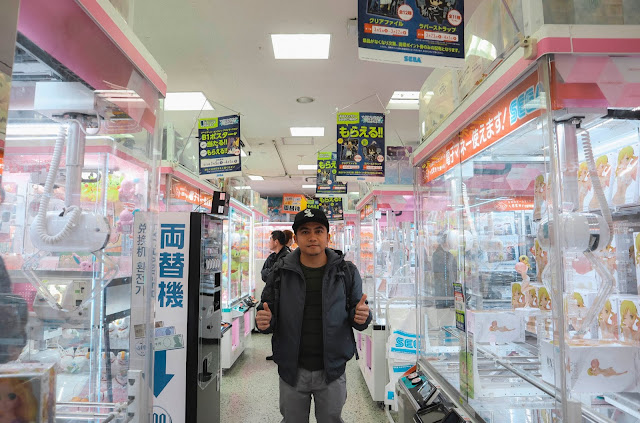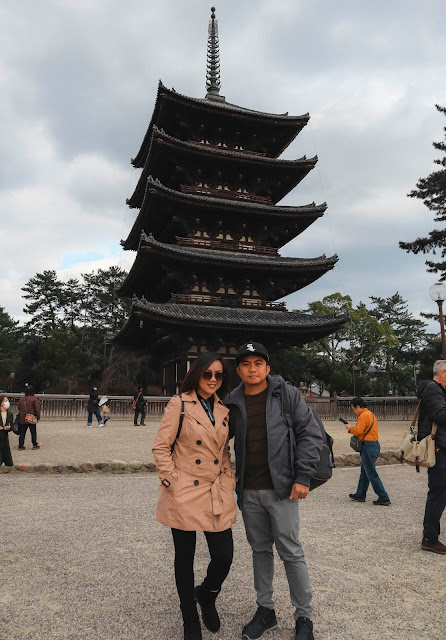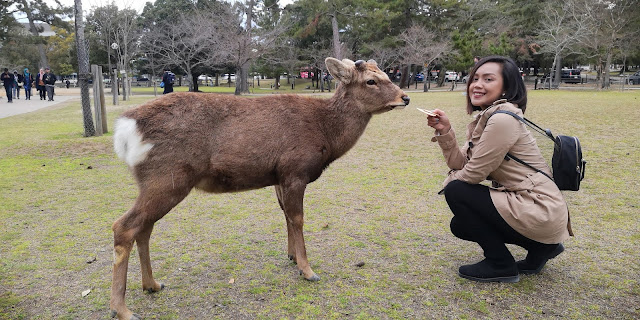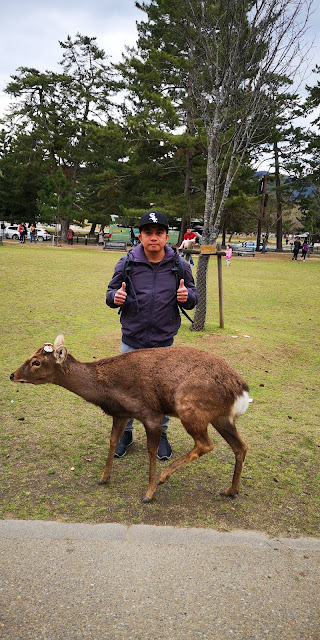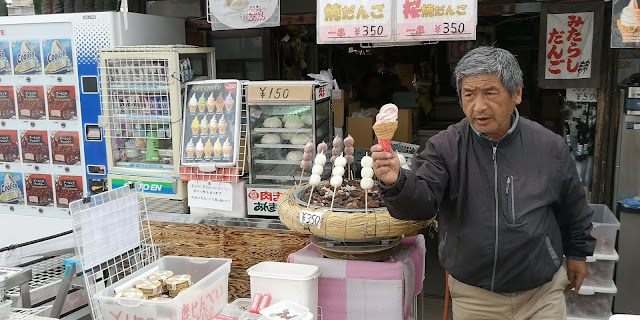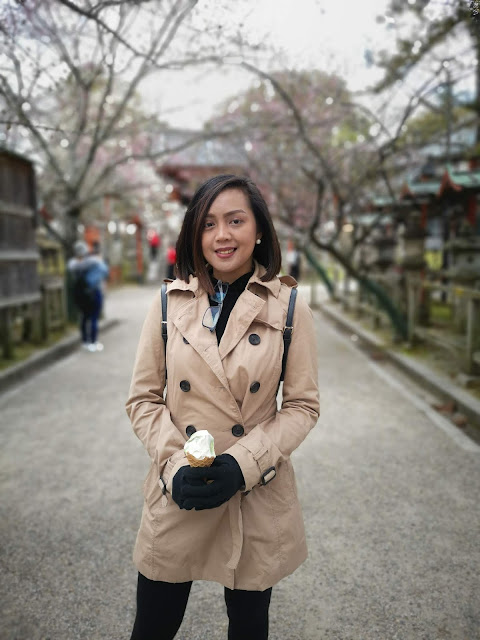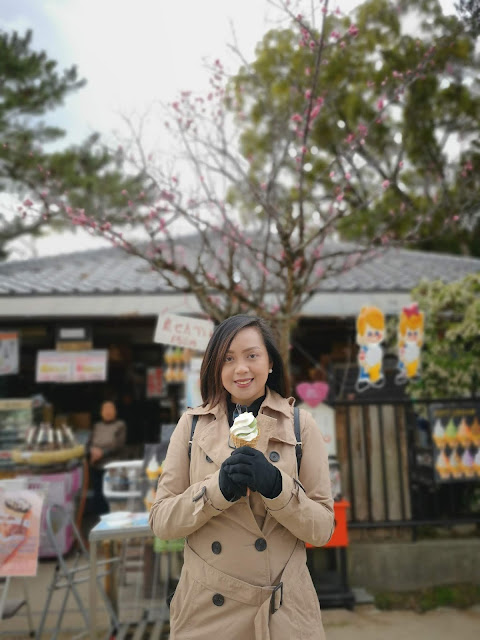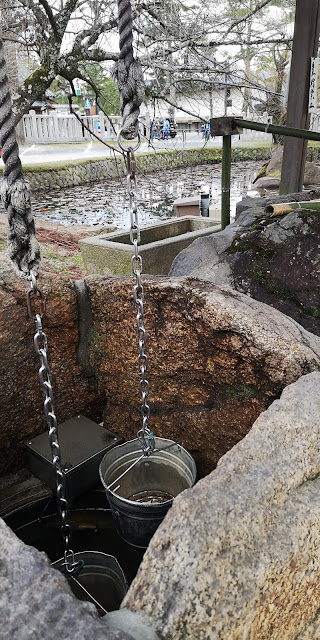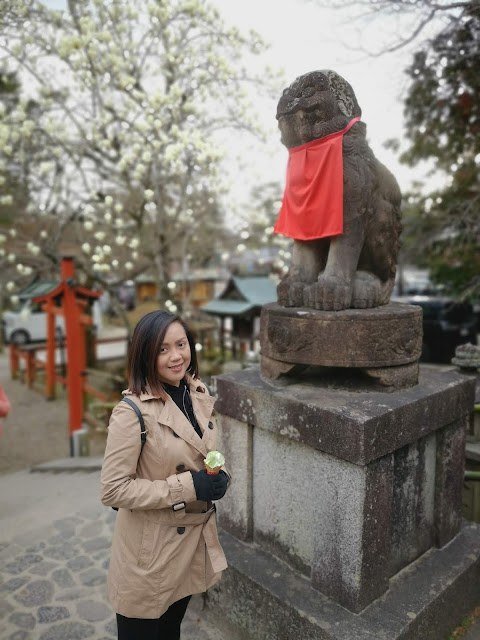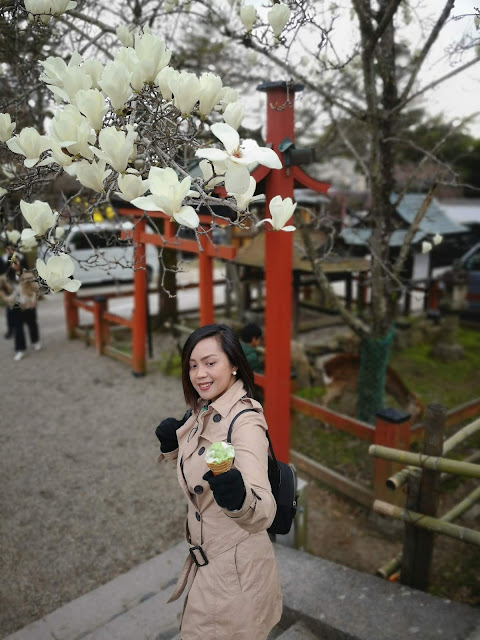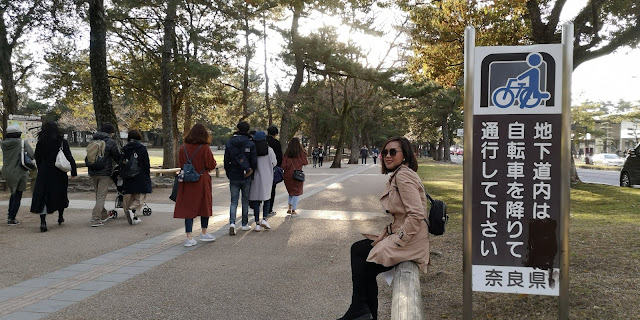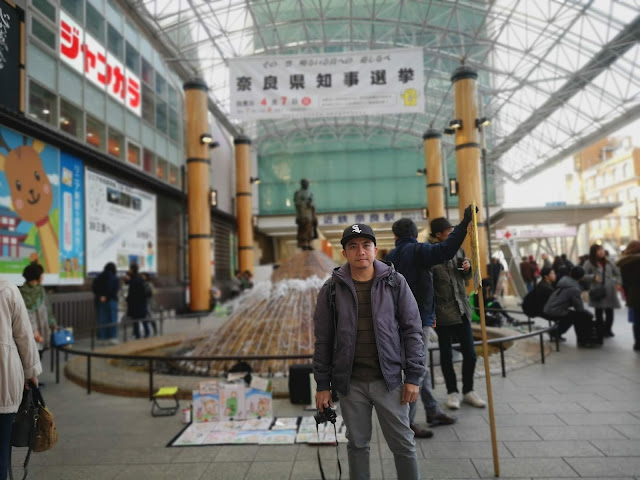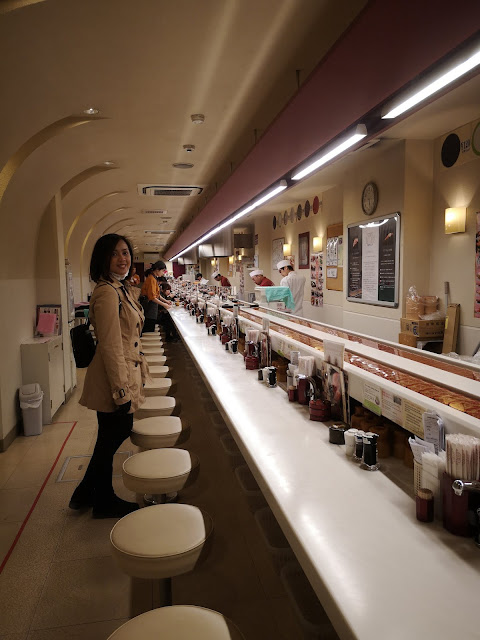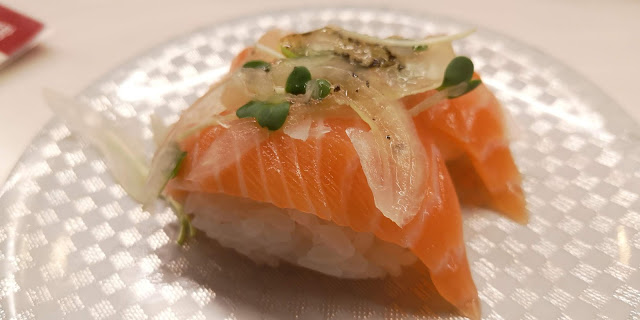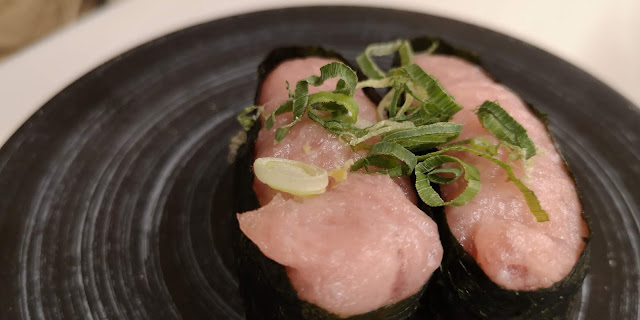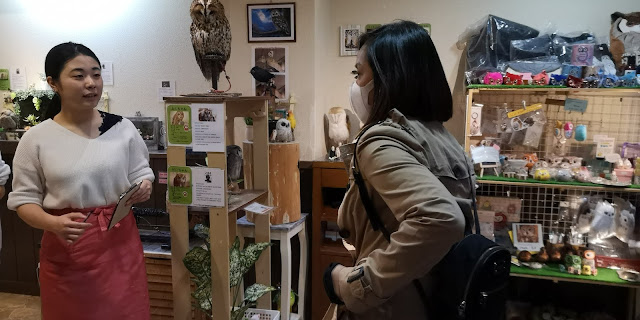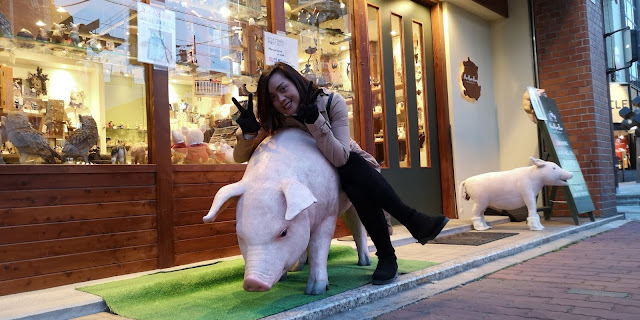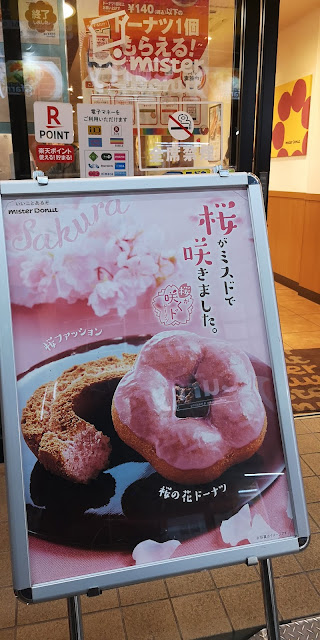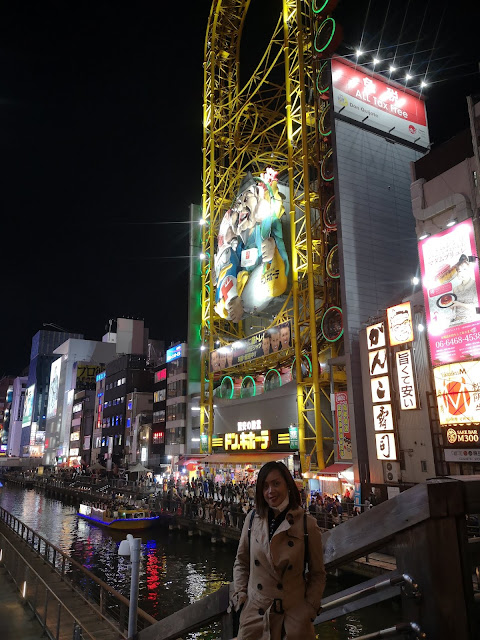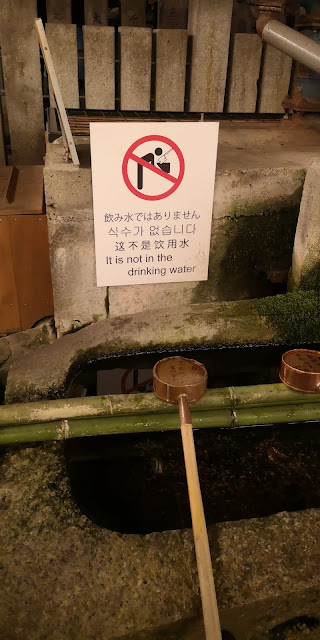Wednesday, December 25, 2019
Sunday, March 31, 2019
Osaka Japan Trip
I have never been to Japan before and hearing stories from Michael Alba, my drum guru and friend, made me really want to experience a totally different culture just a few hours flight from anywhere in Southeast Asia.
I booked tickets from Brunei - Manila - Osaka and vice versa during a seat sale from Cebu Pacific, everyone's favorite budget Airline, which cost half than a regular economy ticket compared to another Airline. At least I could spend the rest on accommodation, train tickets and a ticket to Universal Studios Japan.
Philippine passport holders are required to get a single entry visa from the Japanese embassy which takes around 7 days to get. Requirements are a copy of Birth Certificate, Valid Passport, multiple entry back to Brunei (Since I am employed there), a sample itinerary of your trip, and bank statements for three months.
I would recommend to avoid doing transit/ layover in the Philippines for travel tax reasons. The Philippine travel tax is a fee imposed by the government for Filipinos traveling abroad. The full travel tax is P1,620 for passengers on economy class plane tickets and P2,700 when flying first class. Even OFWs are not exempted if not returning to their worksite.
E-Gates are now in operation for Filipinos coming back to Philippines.
Just scan your boarding pass and passport. Wait for instructions for index finger print and photo.
Sticker instead of the usual stamp.
Dropped by Century City Mall in Makati to visit colleagues in our Philippine Branch.
View outside Hole in the Wall.
Paying Terminal Fee and Travel Tax. (Supposed to be exempt. What to do.) lol
Best to get your boarding pass for your connecting flight from the very first counter and not the transit country to avoid checking in again in the Philippines. The question that Cebu Pacific ground crew would ask is "are you returning to your worksite?" then of course, on tour, you would then say "no." Therefore the travel tax. Learning from this lesson, going back from Japan was no problem because I already had two boarding passes for the 2 flights going back.
Anyway, to continue with our little journey...
Glad I get to sit in this weird plane seat configuration for the next 5 hours flight to Osaka.
Japan time is ahead 1 hour from Philippine time. Usually smartphones have world clocks available, or you can manually set your watch ahead to avoid confusion during travel.
Greetings from Mario characters.
I didn't even book online. Same for my pocket wifi. It is so easy to get.
ICOCA cards, Best travel buddy. works in Trains, Buses, Conveniences stores like Octopus cards in Hong Kong. You can just top up in vending machines found in almost all stations around Japan. There are other options as well.
Like they say, Google maps is your friend. Travel by train is fairly easy to get used to in Japan. Just learn to look at the details. Time is also provided in Google maps app so you know when the next train is due to connect to the next one.
The studio apartment we got for 300. sgd for 5 days. Good for 2 persons. Very near Imamiya station. Not bad.
A flush toilet which has a pedestal for sitting is known in Japan as a Western-style (洋式 yōshiki)
toilet. Western-style toilets, including high tech toilets, are now more common in Japanese homes than the traditional squat toilets.
Day 1.
Osaka Castle,
Strolling around Kyoto (Streets and some Temples.)
While walking to Kyoto Tower.
Trying out the bicycles for rent outside our apartment.
It was still around 5 degrees.
Just outside the Morinomiya Train Station using JR Line when you arrive near Osaka Castle.
Sakura-mon Gate
Vendors found near the Sanyo-guruwa Bailey area.
Eating Takoyaki.
A view of the South Outer Moat.
Wish to come back next time but April... that's where the flowers are in full bloom.
Ottemon Gate.
Map of the whole castle.
We decided to check out Kyoto Tower next, which is approx. 51km North from Osaka Castle. Maybe an hour by train.
We decided to check out Kyoto Tower next, which is approx. 51km North from Osaka Castle. Maybe an hour by train.
A typical bar along the street. Still looks cute for a bar.
Keihan Railway, very near Osaka castle, for our train to the next destination, Kyoto.
I bought a few music stuff from this shop.
Unlike restaurants from where I am from, Japanese provide containers to put bags on.
Convenient vending machines.
Higashi Hongan-ji.
Higashi Honganji Entrance with Kyoto Tower in the Distance.
Goeidō Hall.
Kyoto Tower a few more blocks...
Kyoto Tower was proposed in the early 1960s, and it was planned to be constructed and completed in time to correspond with the 1964 Summer Olympics in Tokyo. Construction began in 1963 on the former site of Kyoto's central post office and was completed near the end of 1964. Unlike many other towers (such as Tokyo Tower) that are constructed using metal lattice frames, Kyoto Tower's interior structure consists of many steel rings stacked on top of each other. The structure was then covered with lightweight steel sheets with a thickness of 12–22 mm (0.47–0.87 in). The sheets were then welded together and painted white.[3] The intended overall effect was for the tower to resemble a Japanese candle.
Here's a video of our walk to Kyoto Tower.
Next stop...
Fushimi Inari Shrine.
Fushimi Inari Shrine (伏見稲荷大社, Fushimi Inari Taisha) is an important Shinto shrine in southern Kyoto. It is famous for its thousands of vermilion torii gates, which straddle a network of trails behind its main buildings. The trails lead into the wooded forest of the sacred Mount Inari, which stands at 233 meters and belongs to the shrine grounds.
The highlight of the shrine is the rows of torii gates, known as Senbon torii. The custom to donate a torii started to spread since the Edo period (1603 – 1868) to get a wish to become true or to thank for a wish that became true. Along the main path there are around 1,000 torii gates.
Google maps location here.
Here's a video of our walk around Fushimi Inari Taisha.
Going to Dotonbori. Must walk a few blocks to another train station. Depends really on which on you pick in Google maps.
Next stop:
Dotonbori.
Dōtonbori or Dōtombori (道頓堀, pronounced [doːtomboɾi]) is one of the principal tourist destinations in Osaka, Japan, running along the Dōtonbori canal from Dōtonboribashi Bridge to Nipponbashi Bridge in the Namba district of the city's Chuo ward. Historically a theater district, it is now a popular nightlife and entertainment area characterized by its eccentric atmosphere and large illuminated signboards.
One of the area's most prominent features, a billboard for confectionery company Glico displaying the image of a runner crossing a finishing line, is seen as an icon of Osaka within Japan.
Queueing for Okonomiyaki.
Japanese savory pancake containing a variety of ingredients. The name is derived from the word okonomi, meaning "how you like" or "what you like", and yaki meaning "cooked" (usually fried).
I'll save this one for the next trip.
Kobe beef (神戸ビーフ Kōbe bīfu) is Wagyu beef from the Tajima strain of Japanese Black cattle, raised in Japan's Hyōgo Prefecture according to rules set out by the Kobe Beef Marketing and Distribution Promotion Association.[1] The meat is a delicacy, valued for its flavor, tenderness, and fatty, well-marbled texture. Kobe beef can be prepared as steak, sukiyaki, shabu-shabu, sashimi, and teppanyaki. Kobe beef is generally considered one of the three top brands (known as Sandai Wagyu, "the three big beefs"), along with Matsusaka beef and Ōmi beef or Yonezawa beef.
End of Day 1.
Here's a video of our walk around Dotonobori.
Day 2.
Namba Station
to Nara Deer Park.
 Still a bit cold.
Still a bit cold.
Enjoying some Convenience store food along the way.
Bike rentals/parking.
Brooklyn Roasting Company.
Gravity Research Climbing Gym.
Going inside SEGA Game Center Building Arcade.
Here it is in Google Maps.
A random Orange Tree by the street.
Going into Namba City (Mall).
Map of Namba Station found outside the Mall.
The lady at the Information Center said find the Fish head to ride the train to Nara. It was literally a fish head.
Here's a video of our walk to Namba Station.
Nara Deer Park
Back to Dotonbori for Dinner.
Here's a Video of our Walk around Universal Studios Japan.
Here's a video of our walk around Arashiyama Bamboo Grove.
Here's a video of our Walk on top of Umeda Sky Building.
Ichiran Ramen.
Walk around Denden Town, Osaka.
Returning our Global Wifi portable router.
Convenient vending machines.
Higashi Hongan-ji.
Higashi Honganji Entrance with Kyoto Tower in the Distance.
Goeidō Hall.
Kyoto Tower a few more blocks...
Kyoto Tower was proposed in the early 1960s, and it was planned to be constructed and completed in time to correspond with the 1964 Summer Olympics in Tokyo. Construction began in 1963 on the former site of Kyoto's central post office and was completed near the end of 1964. Unlike many other towers (such as Tokyo Tower) that are constructed using metal lattice frames, Kyoto Tower's interior structure consists of many steel rings stacked on top of each other. The structure was then covered with lightweight steel sheets with a thickness of 12–22 mm (0.47–0.87 in). The sheets were then welded together and painted white.[3] The intended overall effect was for the tower to resemble a Japanese candle.
Here's a video of our walk to Kyoto Tower.
Next stop...
Fushimi Inari Shrine.
Fushimi Inari Shrine (伏見稲荷大社, Fushimi Inari Taisha) is an important Shinto shrine in southern Kyoto. It is famous for its thousands of vermilion torii gates, which straddle a network of trails behind its main buildings. The trails lead into the wooded forest of the sacred Mount Inari, which stands at 233 meters and belongs to the shrine grounds.
The highlight of the shrine is the rows of torii gates, known as Senbon torii. The custom to donate a torii started to spread since the Edo period (1603 – 1868) to get a wish to become true or to thank for a wish that became true. Along the main path there are around 1,000 torii gates.
Google maps location here.
Here's a video of our walk around Fushimi Inari Taisha.
Going to Dotonbori. Must walk a few blocks to another train station. Depends really on which on you pick in Google maps.
Next stop:
Dotonbori.
Dōtonbori or Dōtombori (道頓堀, pronounced [doːtomboɾi]) is one of the principal tourist destinations in Osaka, Japan, running along the Dōtonbori canal from Dōtonboribashi Bridge to Nipponbashi Bridge in the Namba district of the city's Chuo ward. Historically a theater district, it is now a popular nightlife and entertainment area characterized by its eccentric atmosphere and large illuminated signboards.
One of the area's most prominent features, a billboard for confectionery company Glico displaying the image of a runner crossing a finishing line, is seen as an icon of Osaka within Japan.
Queueing for Okonomiyaki.
Japanese savory pancake containing a variety of ingredients. The name is derived from the word okonomi, meaning "how you like" or "what you like", and yaki meaning "cooked" (usually fried).
I'll save this one for the next trip.
Kobe beef (神戸ビーフ Kōbe bīfu) is Wagyu beef from the Tajima strain of Japanese Black cattle, raised in Japan's Hyōgo Prefecture according to rules set out by the Kobe Beef Marketing and Distribution Promotion Association.[1] The meat is a delicacy, valued for its flavor, tenderness, and fatty, well-marbled texture. Kobe beef can be prepared as steak, sukiyaki, shabu-shabu, sashimi, and teppanyaki. Kobe beef is generally considered one of the three top brands (known as Sandai Wagyu, "the three big beefs"), along with Matsusaka beef and Ōmi beef or Yonezawa beef.
End of Day 1.
Here's a video of our walk around Dotonobori.
Day 2.
Namba Station
to Nara Deer Park.
 Still a bit cold.
Still a bit cold.Enjoying some Convenience store food along the way.
Bike rentals/parking.
Brooklyn Roasting Company.
Gravity Research Climbing Gym.
Going inside SEGA Game Center Building Arcade.
Here it is in Google Maps.
A random Orange Tree by the street.
Going into Namba City (Mall).
Map of Namba Station found outside the Mall.
The lady at the Information Center said find the Fish head to ride the train to Nara. It was literally a fish head.
Here's a video of our walk to Namba Station.
Nara Deer Park
Here's a video of our walk around Arashiyama Bamboo Grove.
Here's a video of our Walk on top of Umeda Sky Building.
Ichiran Ramen.
Walk around Denden Town, Osaka.
Returning our Global Wifi portable router.
To be continued...
Subscribe to:
Posts (Atom)

